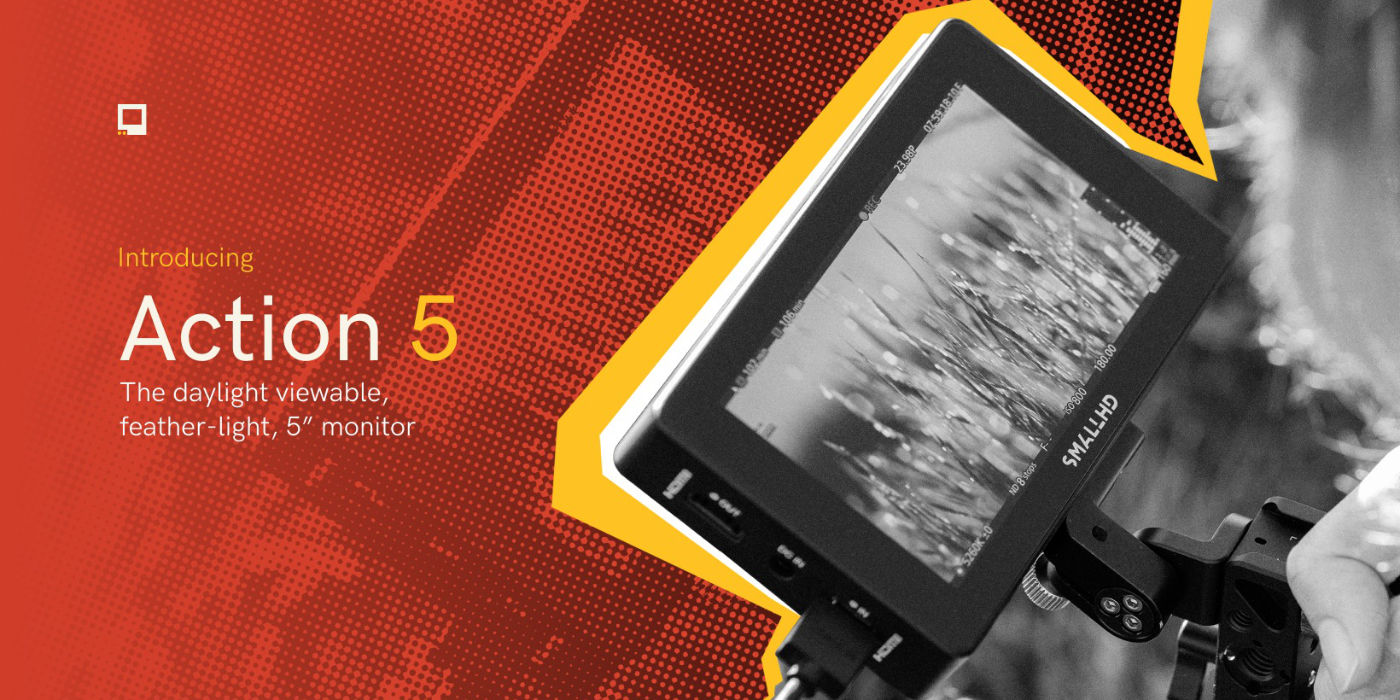Introducing the Atomos Studio PRO-2710 Color Critical Reference Monitor
With the recent introduction of the Atomos Studio PRO-2710 Color Critical Reference Monitor, Atomos has again expanded its product portfolio into new territory. Atomos has been on a bit of a tear lately, with their accelerated expansion out of monitors, and monitor-recorders, into wireless shotgun microphones, wireless video transmitters and receivers, production headphones, PTZ cameras, and, now, reference monitors. It's been a remarkable year for Atomos - I can hardly wait to see what's next...


Having worked in post-production for over 25 years, color critical monitors are something I always keep an eye out for. As such, I was quite excited when Atomos first released the Neon family of monitor-recorders. It was introduced as an accurate and consistent monitoring solution, which would be equally at home in the field, as in the edit suite. I considered it more of a production monitor though. Still, I thought it might be a viable replacement for the FSI monitors we'd been using for on-set work, with perhaps some potential for studio workflows? Unfortunately, the initial reviews I looked at seemed to lean toward inconsistencies with the color, and I moved on. Atomos has had much time and opportunity to refine their monitors now though, so I'm very much looking forward to their reference monitor debut.
OVERVIEW
As the name implies, the Studio PRO-2710 is squarely targeting the studio environment, be it a color correction suite, production office, or home studio. It offers a native 4K resolution, with a next generation OLED panel for rich blacks and the brightness, contrast and dynamic range required for HDR grading. In fact, Atomos is declaring the PRO-2710 to be a true 4K HDR display, allowing the user to do picture grading in both HDR and SDR. The monitor will also offer viewing modes for Rec.709, DCI‑P3 and HDR workflows; precision LUTs and probe‑driven calibration, as well as repeatable color with pro‑grade OSD tools and profile locking for facility use. Additionally, both HDMI and 12G SDI inputs will be standard with the PRO-2710.
AN INDUSTRY FIRST
One very interesting addition to the Studio PRO-2710, which potentially lifts this monitor above other contenders, is lighting. A reference monitor with lighting! FSI sells MediaLight lighting systems to stick on the back of your monitor, but I'm not aware of any color critical monitor that actually has a built in lighting system. By incorporating a sensor calibrated lighting system directly into the display, Atomos has broke new ground, offering a potentially well controlled grading environment, and consistency throughout different locations. Atomos states that the lighting is linked to the monitor's calibration pipeline, making the ambient environment part of the color accurate workflow.
Another innovative feature added to the PRO-2710, that I haven't seen elsewhere, is front-facing USB ports. It's a simple concept, but one that no other reference monitor manufacturer has done yet... at least that I know of. I'd give up a thin bezel any day, rather than having to futz around with USB ports at the back of a monitor. I suspect some users will find it a considerably less tidy option, however.
THE STUDIO K-100 SPECTRAL CALIBRATION PROBE

Atomos has simultaneously announced the Studio K-100 calibration probe, to guarantee total color accuracy not only with the PRO-2710, but also with Atomos monitor-recorders, like the Ninja TX. This should tie the on-set and studio reference monitors together nicely, ensuring accurate color reproduction throughout the pipeline.
CONCLUSION
Although I haven't seen any pricing or release date announcements from Atomos as of yet, Erik Naso at Newsshooter states that Atomos is confident that the price will come in under $10, 000 USD, with the official release taking place around April 2026... likely in time for NAB.
It's tough to say how this monitor will fair overall. If the final price hovers near the $10, 000 USD mark, there are numerous options, with OLED panels and 12G-SDI inputs, available from more established manufacturers. So far, these monitors don't have built in lighting and front-facing USB ports, but, you can bet the competition will include these enhancements, should they deem them advantageous...




